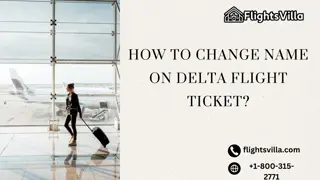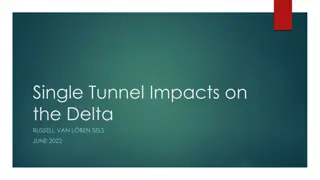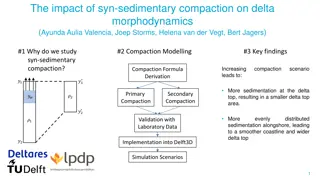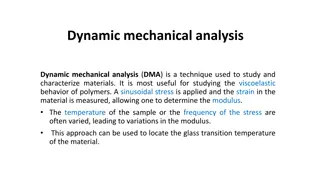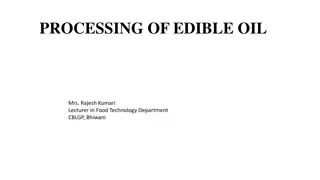Human Rights in the Nigerian Context: Gender, Oil & Resistance in the Niger Delta
This presentation explores the dynamics of human rights, gender issues, oil conflicts, and women's resistance in the Niger Delta region of Nigeria. It delves into the historical background, women's protests, viewpoints on the law, and key events shaping the socio-political landscape. The narrative sheds light on the challenges faced by women in advocating for their rights amidst complex issues of governance, resource exploitation, and environmental degradation.
Download Presentation

Please find below an Image/Link to download the presentation.
The content on the website is provided AS IS for your information and personal use only. It may not be sold, licensed, or shared on other websites without obtaining consent from the author. Download presentation by click this link. If you encounter any issues during the download, it is possible that the publisher has removed the file from their server.
E N D
Presentation Transcript
Human Rights in the Nigerian Context: Gender, Oil & Resistance in the Niger Delta Laine Strutton, PhD 48thHuman Rights Workshop SSK Human Rights Forum December 8, 2016 Yonsei University, Yeonhee-kwan, Room 218
A rise in womens resistance against human rights violations? 2
Overview Background on the Niger Delta Background on the oil conflict and women s protests III. Two basic questions IV. First finding on women s oil protests V. Second finding on women s view of law VI. Conclusion I. II. 3
I. Background on the Niger Delta Image credit: U.S. Institute for Peace 4
I. Background on the Niger Delta Small geographic area, highly diverse, dense creek cultures High poverty rate but economically vital to Nigeria Palm oil to petroleum Three tiers of governance: federal, state, chiefdoms Image credit: LS 5
I. Background on the Niger Delta 1958: Eureka! Black gold! 1960: Eureka! National independence! 1967: 3-year Biafran War starts 1977: Nigerian National Petroleum Corp. (NNPC) founded 1995: Death of Saro-Wiwa diminishes protests 2000: Democratic transition to 4th Republic 2002: Women begin oil installation takeovers 2006: Violent insurgency hits all-time high 6
II. Background on the Oil Conflict Human rights violations: appropriation of informally held land, exploding pipelines, extrajudicial killings, etc. Grievances: broken contracts, pollution Demands: male employment, some cleanup, compensation, economic development 7
II. Background on the Oil Conflict Water & Food Source Pollution Water & Food Source Pollution Air Air Pollution Pollution Image credit: Amnesty International Image credit: LS 8
II. Background on the Oil Conflict Lack of employment Lack of employment Lack of basic amenities Lack of basic amenities Image credit: LS Image credit: LS 9
II. Background on the Oil Conflict 1958-1970s: Little to no oil resistance 1970s-2000: Men resisted only violently until Wiwa in 1990s 2000-present: Women join movement Image credit: LS 10
II. Background on the Oil Conflict Women joined men s rights movement circa 2000 Women joined a movement led by men gender change 2. Women joined using peaceful tactics in an otherwise violent environment tactical change 3. Men had been illegal, women were extralegal 1. 11
III. Two Basic Questions Q1: What is the role of women in determining the resistance preferences within the anti-oil mobilization after 2002? Q2: How do common conceptions of law among women inform such rights mobilizations? Methods: Constructivist grounded theory using Atlas.ti software based on interviews in 3 communities, observations & archives 12
IV. First Finding on Protests What is the role of women in determining the resistance preferences within the anti-oil mobilization after 2002? Women assist male negotiations: Initiate and then support dialogue among men through protests Women s protests as a tool to solve a male collective action problem 13
IV. First Finding on Protests Why women assist male negotiations 1. Men, they are begging us : Men had failed 2. Men, they see us in our numbers : Logic of numbers and peer pressure 14
IV. First Finding on Protests How women assist male negotiations 1. Town criers 2. Women s community networks furthering the call 3. Peaceful protests a singular option 15
V. Second Finding on Law How do (constitutive) conceptions of law among women inform such rights mobilizations? Mostly good laws, sometimes bad chiefs: A good thing on paper a different thing on the ground People up at the top I don t understand that down here Chief is law 16
V. Second Finding on Law Image Credit: LS Image credit: LS 17
V. Seconding Finding on Law Obstacles to using the law to further human rights 1. Low chance of success and anti-establishment framing 2. Colonial and indigenous legal constructs 3. Justice and law unrelated 4. Law as good and individuals as bad 18
V. Second Finding on Law Chiefs as gatekeepers in a perceived law binary Historical and spiritual power Centrally positioned within the social structure Chiefs benefits from this position, regardless of outcome 19
VII. Conclusion Seeming human rights mobilizations as an instrument for the powerful Just as important to study when a human rights movement fails as when it succeeds Possible beneficial secondary effects of compelled or co- opted rights mobilizations 21
Thank You Questions or comments? Contact: Laine Strutton, lps247@nyu.edu Oil Activists in Bane, Niger Delta 22
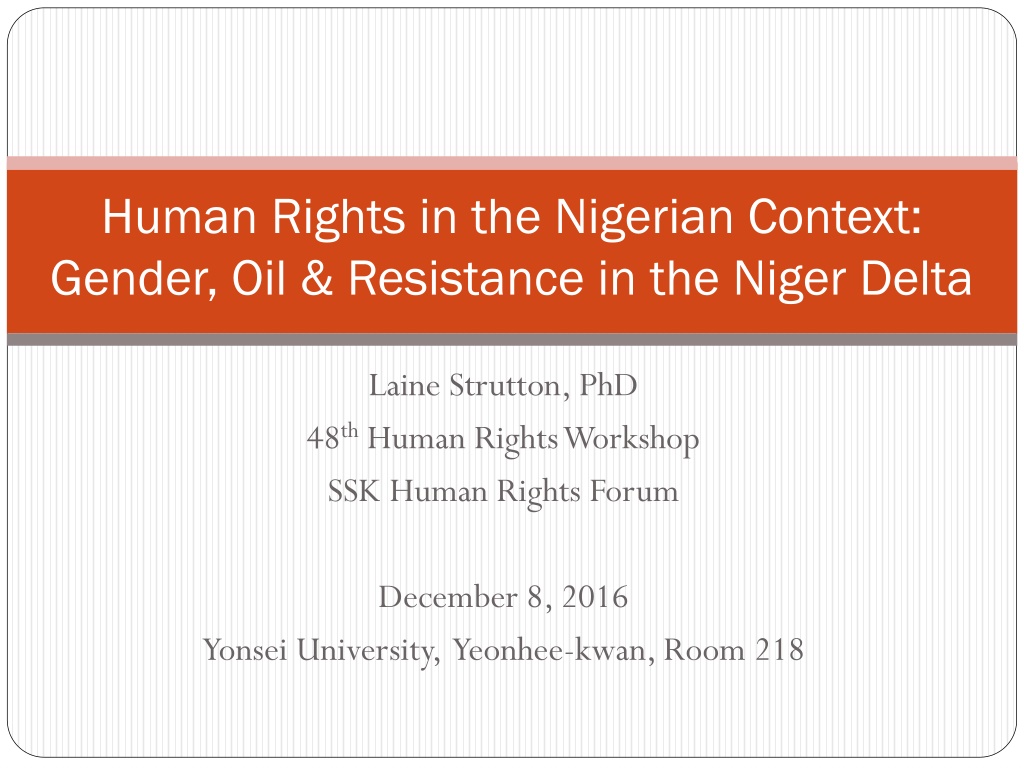
 undefined
undefined













